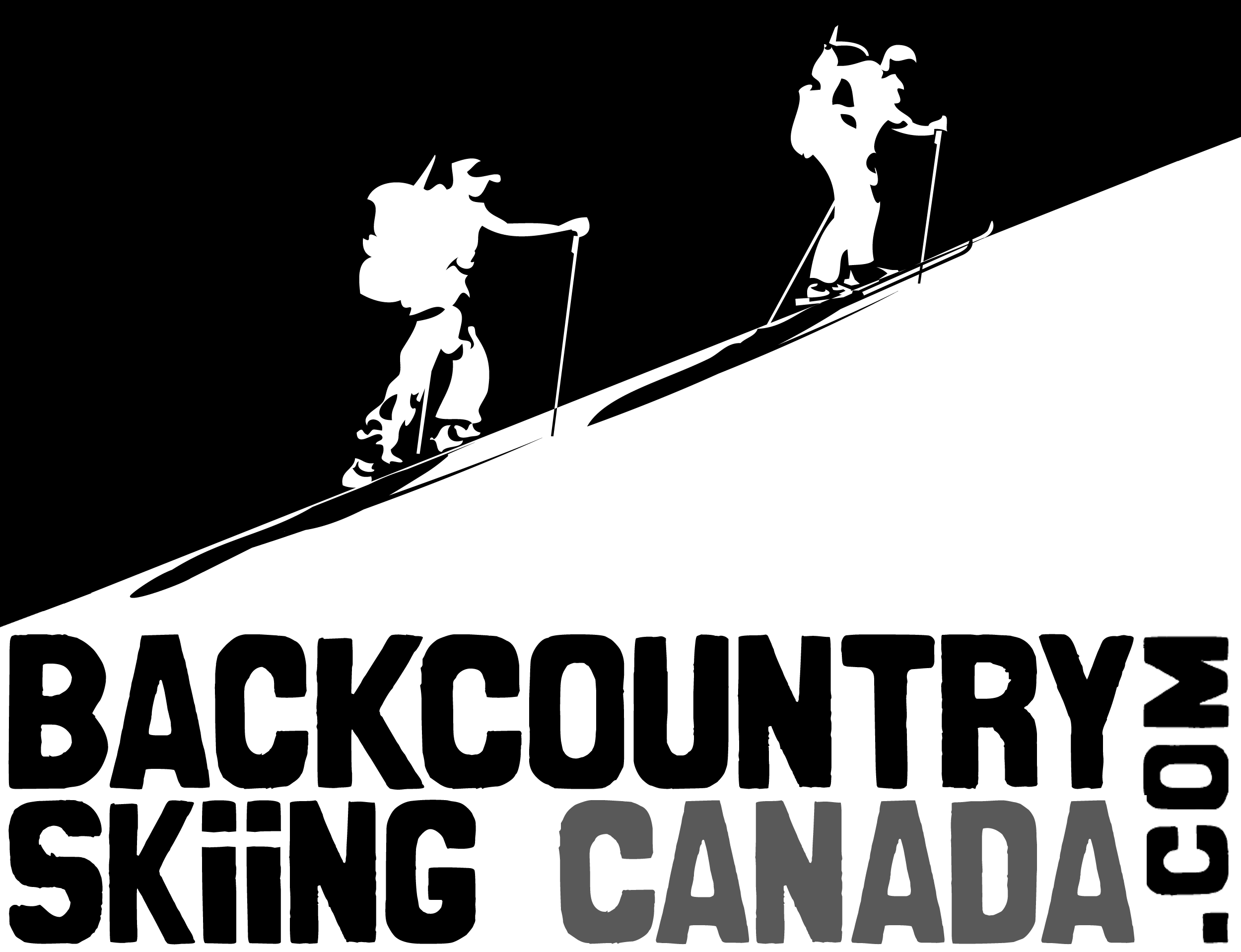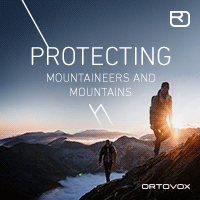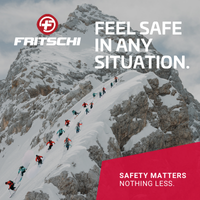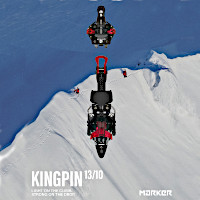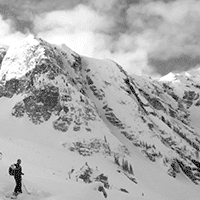How to survive a whiteout
Whiteout conditions can happen anytime of year but when travelling on snow they can be particularly dangerous. Give the following article from thebmc.co.uk a read so you know what to do.
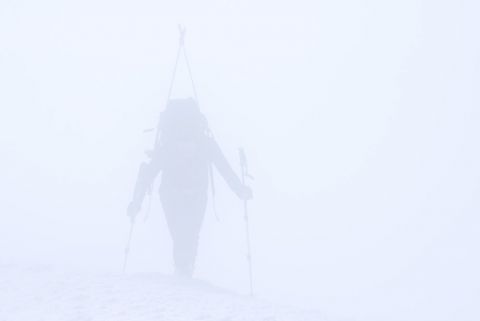
Prepare and plan
Before going out, check the weather forecast and examine potential escape routes off the mountain. Organize your equipment: a jacket with a hood with face protection and a stiff brim, warm gloves, a belay jacket and goggles will all feel like refuge from the weather outside.
Pre-fold or pre-cut your map to show the right area with a good scale that show larger-scale features that aren't obscured by snow. Put them in a good-quality map case that your compass will stick to when taking bearings. Attach the map case and compass to you: this would not be the time to lose either.
Stop and think
As visibility worsens, it's tempting to speed up and try to wing it. But using minimal visual information and 'the force' to navigate will just get you into trouble, so stop when things begin to worsen. Establish exactly where you are before you go running off. Make a plan and establish a safe, practicable route, which will make the best use of any major features (e.g. ridges and valley floors) and can be broken into short legs. Do this in the comfort of a group shelter. If you're already lost then backtrack or rely on map memory to retrace your route and aim for a safe, large catching feature to relocate. Now it's time to go back to the basics of navigation.
Which direction?
In a whiteout you need to be accurate. Estimate a bearing from looking at the map, then calculate it and make sure they match. Finally, check it with others in the party or completely redo it yourself. Following it can be hard. With no features visible, it may involve throwing a snowball ahead (try wiping it on dirty pants for some peaty colouring).
You may have to send someone out to the limit of visibility, giving them simple signals to keep them on the bearing. Then walk to them or leapfrog them. Beware: it's easy to drift, especially in strong winds, so always pass them on the same side. Alternatively, someone could zigzag in the general line of travel ahead of you, allowing you to use one of their footprints as a point to aim for. Periodically turn around 180 degrees and take back-bearings down your trail as a check. Group members should recheck each other's work.
Deciding distance
Measure the distance carefully on the map, and check. For measuring distance travelled, pacing is good over short distances (say up to 500m) but hard to keep up on longer legs. In deep snow and poor visibility, your normal 100m pace count may double or even treble. Practice in a controlled setting. A row of toggles on your rucksack or compass will allow you to count 100s of metres off. Timing is good over longer legs but, again, poor weather and difficult navigation can easily triple your usual timings. Consider taking a pre-laminated card, showing how far you walk at a variety of speeds over a variety of times.
Terrain
Think about what you will travel over. Are there major features that you will be able to identify? You won't see changes in slope angle but you'll often feel them or see someone in your group above or below you. Tick off the features as you go. Avoid or plan for hazards such as coire rims, cornices, steep icy slopes, boulder fields, snow covered lochs and avalanche-prone slopes.
Making mistakes
What will happen if you get this leg wrong? It's common to overestimate how far you have travelled in poor conditions. You might need to overshoot at least 10% to identify the feature you're looking for, or a good catching feature like a (safe) change in slope angle. Don't plan legs where overshooting will expose you to hazards.
Digital aids
A watch altimeter is a useful tool, if updated regularly at known points. A GPS can hugely assist navigation, if you know how to use it. Don't rely on it alone in case of failure; track yourself on the map too.
Last resorts
If you've become navigationally challenged, the weather has become too bad to move, you aren't confident of finding a way down through surrounding hazards or group members are exhausted, then it could be time to dig in. This is a last resort, but a shovel, group shelter, some spare food and survival bags may make a dangerous night out bearable.
Experience
The outcome of your experience in the 'white room' will often come down to prior experience – your first time in a whiteout may not be the best learning environment! Prior practice in controlled circumstances will help you build a toolbox of navigational strategies, improve accuracy and – vitally – give you the confidence to navigate well in even the worst that winter can throw at you.
